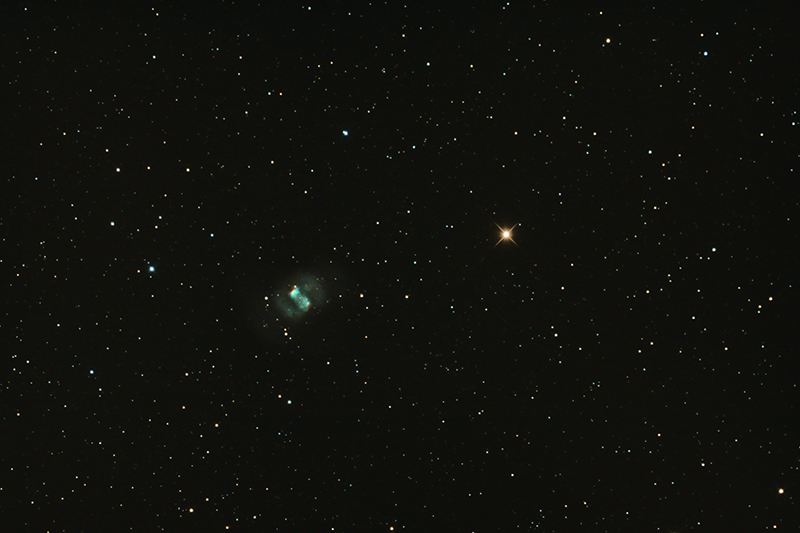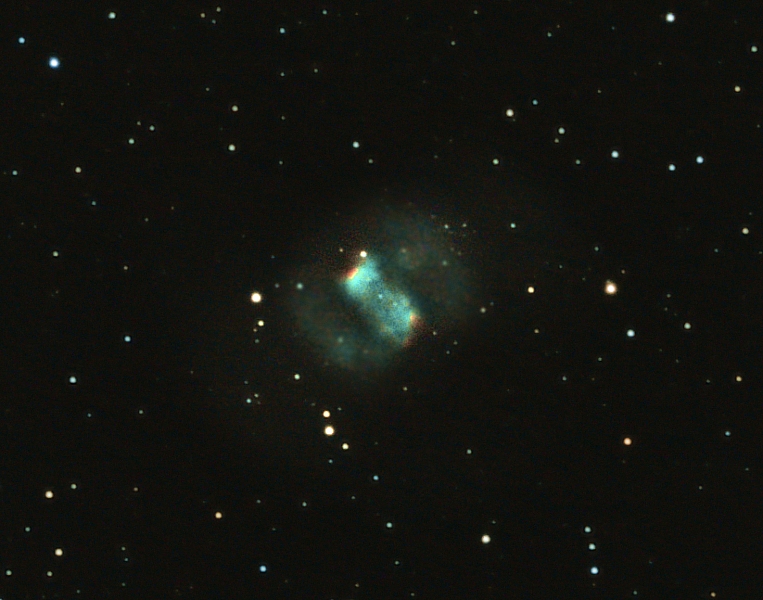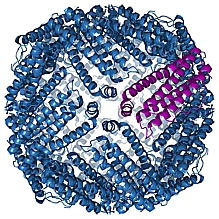Having brought the observatory back to full operational status after replacing the roof that was trashed by the hailstorm, I thought I'd better get out there and actually use it. I managed a couple of sessions of observing during a run of four clear nights, and used them for some experimentation and equipment tests. I'd fitted a better focuser to the 6" R-C, the new one's a monorail or linear-bearing focuser, it has much better stability than the original Crayford which means less flexing of the optical train under the weight of the coolbox-clad camera. This in turn means better auto-guiding and hence a much-reduced tendency for stars to appear elongated.
Anyway, less of the techy stuff. Visual targets were the Moon and Jupiter, both were putting on a fine display in the clear skies. Imaging-wise I managed to bag a couple more Messier Objects - M47 and M76. Both presented problems - M47 was so low that for some of the time I was imaging through the topmost branches of a tree that belongs to a neighbour three gardens away; and M67 is such a dim and small thing that I didn't take enough pics to capture all of the detail, so I'll have to gather some additional subs sometime soon. Pics and details as follows:
M47 (aka NGC2422), an open cluster in the constellation Puppis.
Subs: 18 light @ 300s, darks and bias frames, ISO800.
1000D on the 6" R-C, guided with PHD.
M76 (aka NGC650/651, The Little Dumbbell Nebula), a planetary nebula in the constellation Perseus.
Subs: 18 light @ 300s, darks and bias frames, ISO800.
1000D on the 6" R-C, guided with PHD.
As above, cropped and enhanced.







